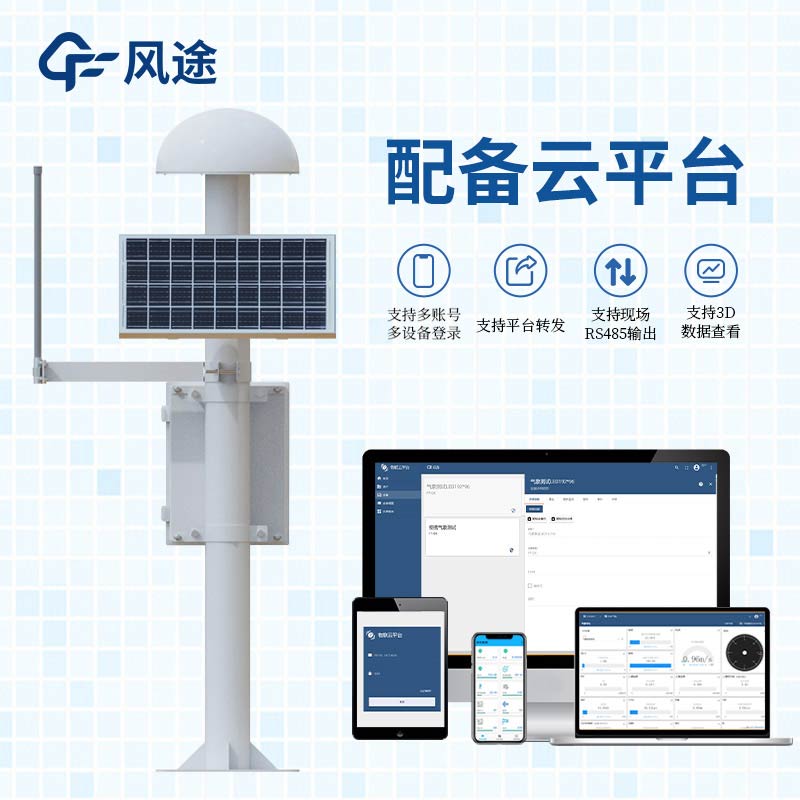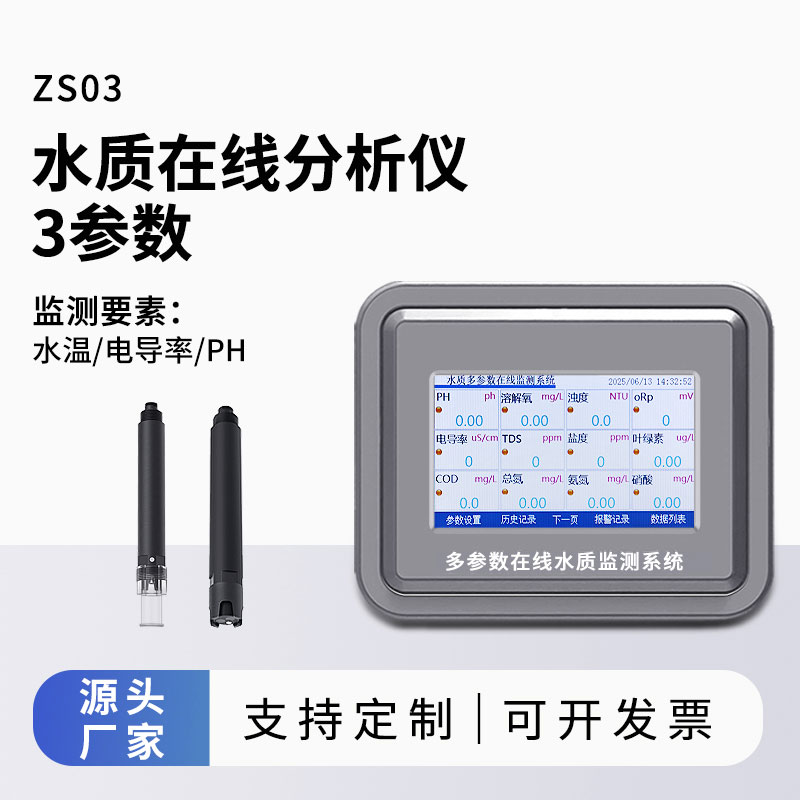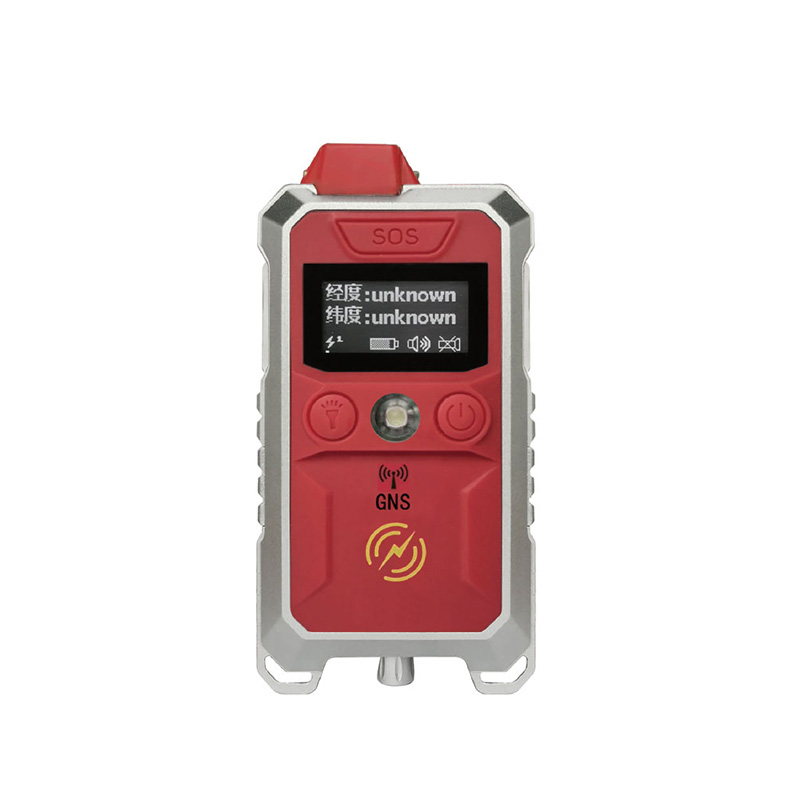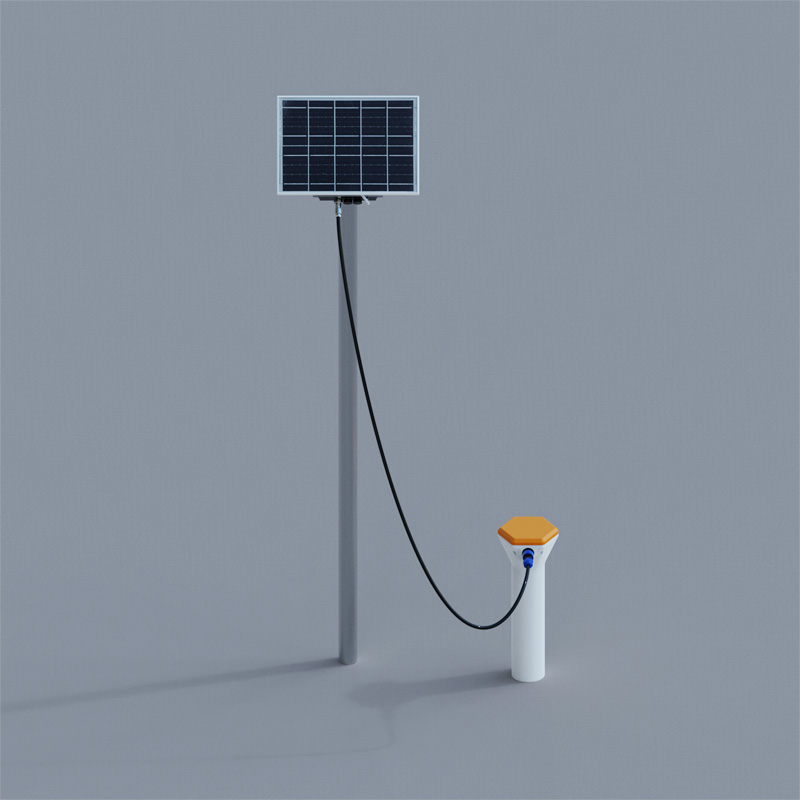The Geological Disaster Monitoring and Early Warning System employs a dual-track model combining traditional manual inspections and professional instrument monitoring. Mass monitoring and prevention rely on empirical judgments such as surface crack observation and tree inclination measurement, while professional monitoring utilizes equipment like Global Navigation Satellite Systems (GNSS) and inclinometers to achieve quantitative data collection. Currently, deformation parameters directly reflecting landslide stability are recognized as core monitoring indicators, with hydrological parameters (groundwater level/pore water pressure) and meteorological parameters (rainfall/ground temperature) serving as auxiliary criteria.
As a vital defense line for mountainous area safety, the Geological Disaster Monitoring and Early Warning System includes multiple key monitoring projects:
Surface Displacement Monitoring
Professional equipment tracks positional changes on mountain surfaces. The integrated GNSS monitoring system uses global navigation satellite technology to provide real-time, high-precision surface displacement data with wide coverage and positioning accuracy, capable of detecting early landslide signs.
Fissure Monitoring
Close attention is paid to the emergence and development of mountain cracks, a critical indicator for landslide risk assessment. The integrated surface displacement monitoring system combines multiple methods to comprehensively monitor surface movements, including crack variations.
Deep Displacement Monitoring
This project detects subsurface movements within mountain interiors to understand internal landslide activities. The integrated deep displacement monitoring system uses advanced technology to achieve comprehensive subsurface deformation tracking.
Groundwater Level Monitoring
Abnormally high groundwater levels can trigger landslides. The integrated pore water pressure monitoring system accurately measures subsurface pore water pressure changes, reflecting groundwater fluctuations and providing critical data for landslide warnings.
Soil Moisture Content Monitoring
Unusual changes in soil moisture can affect slope stability. The integrated soil temperature and humidity monitoring system simultaneously measures soil temperature and moisture, offering multi-dimensional insights for landslide risk analysis.
Heavy rainfall is a common landslide trigger. The integrated rainfall monitoring system efficiently tracks rainfall intensity and duration, assisting in assessing rainfall impacts on landslide risks.
Video Surveillance
Real-time visual observation helps detect anomalies promptly. The integrated video monitoring system combines video capture, transmission, and storage to provide clear live feeds for remote inspection.
Mud-Water Level Monitoring
Critical for debris flow warnings, mud-water level meters precisely measure mud-water levels, supporting debris flow disaster prevention.
These interconnected monitoring projects form a comprehensive Geological Disaster Monitoring and Early Warning System, providing robust support for timely landslide risk detection and effective prevention measures.

This paper addresses:https://fengtusz.com/industry/695.html









